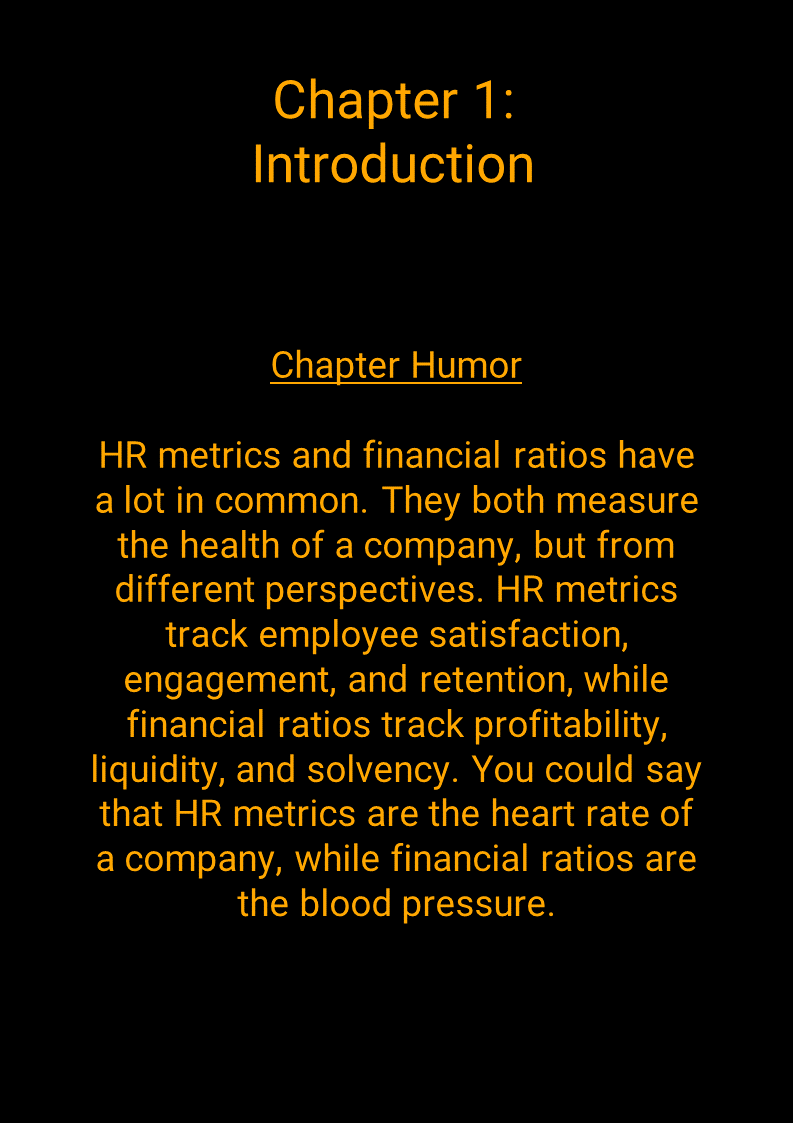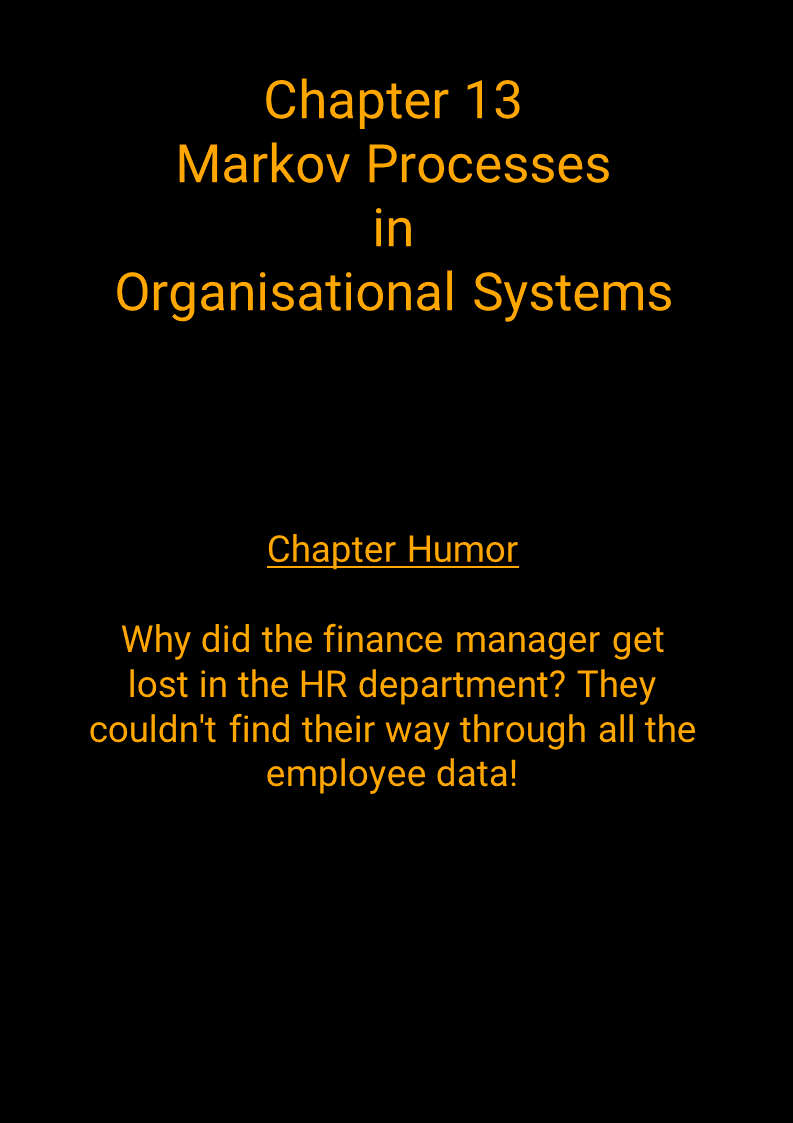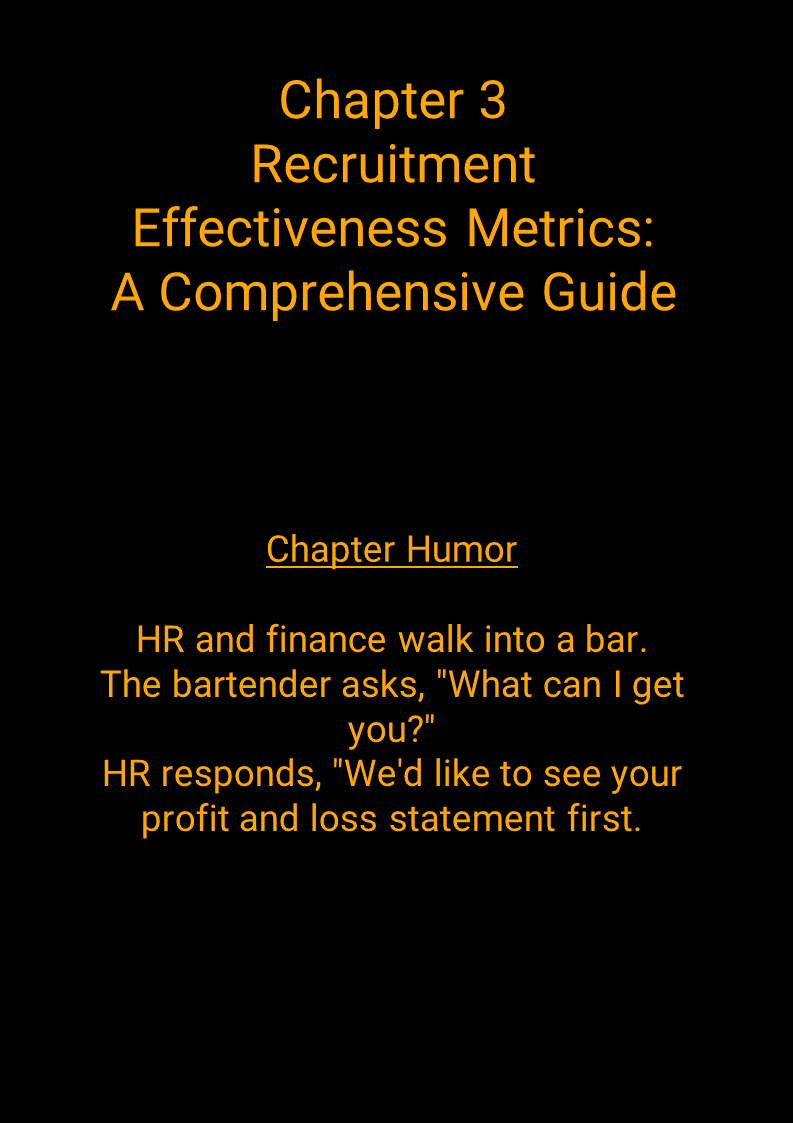Understanding the Controversies and Positives
As organizations continue to become more data-driven, HR departments must learn to align their metrics with financial ratios and metrics to demonstrate their value to the business. HR metrics, also known as human resources metrics, are quantifiable measures used to track the effectiveness of HR programs and initiatives. In this article, we'll explore what HR metrics are, the controversies surrounding them, the positives of using them, and how my eBook can help readers better understand the impact of business analytics on organizational strategy and company performance.

What Are HR Metrics?
HR metrics are measurements that help HR professionals track and analyze the effectiveness of their programs and initiatives. They are used to gain insights into the workforce and determine how well HR programs are performing. HR metrics can be used to measure a wide range of HR functions, including talent acquisition, retention, development, and overall workforce productivity.
There are many different types of HR metrics, including:
Recruitment metrics: These measure the effectiveness of the recruitment process, including time-to-hire, cost-per-hire, and quality-of-hire.
Retention metrics: These measure employee turnover rates, employee engagement, and overall workforce satisfaction.
Performance metrics: These measure individual employee performance, team performance, and overall organizational productivity.
Training and development metrics: These measure the effectiveness of employee training and development programs, including employee skills development, employee training costs, and return on investment (ROI) of training programs.
Compliance metrics: These measure the organization's adherence to employment laws and regulations, including diversity and inclusion initiatives and equal opportunity employment.
The Controversies Surrounding HR Metrics
While HR metrics can be incredibly useful in measuring the effectiveness of HR programs, there are also controversies and criticisms surrounding them. Some of the most common controversies include:
Lack of standardization: There is no standard set of HR metrics that all organizations use. This can make it difficult to compare HR metrics between organizations and industries.
Focus on short-term goals: HR metrics can sometimes prioritize short-term goals over long-term objectives. This can lead to a focus on metrics that are easy to measure, rather than those that are most important for the organization's success.
Overreliance on data: HR metrics are based on data, and there is a risk of overreliance on data at the expense of human judgment and intuition.
Risk of bias: HR metrics can be biased if they are not designed and implemented carefully. For example, using metrics that disproportionately favor certain groups or individuals can lead to discrimination and inequities.

The Positives of Using HR Metrics
Despite the controversies surrounding HR metrics, there are many positives to using them. Some of the most significant benefits include:
Improved decision-making: HR metrics provide valuable insights into the workforce and can help HR professionals make informed decisions about HR programs and initiatives.
Increased accountability: HR metrics can hold HR professionals accountable for the effectiveness of their programs and initiatives.
Better alignment with business objectives: HR metrics can help HR departments align their programs and initiatives with overall business objectives, demonstrating the value of HR to the organization.
Increased efficiency: HR metrics can help HR departments identify areas for improvement and streamline their processes, leading to increased efficiency and reduced costs.
My Current eBook: Aligning Business Analytics for Strategic Impact
If you're looking to gain a better understanding of the impact of business analytics on organizational strategy and company performance, my upcoming book, "Aligning Business Analytics for Strategic Impact," is the ultimate guide for any business professional looking to take their organization to the next level. This comprehensive e-book guide explores the key strategic metrics that HR professionals must understand to demonstrate the impact of their programs and initiatives on the bottom line.
In "Aligning Business Analytics for Strategic Impact," we delve into the critical role HR plays in a company's success and how aligning your metrics with financial metrics can secure additional resources and support from senior leadership. We also provide tips and strategies for improving your organization's metrics results and driving success.
Don't risk your company's success by ignoring the critical relationship between key financial ratios and HR metrics. "Aligning Business Analytics For Strategic Impact" is the ultimate guide for any business professional looking to gain a better understanding of the impact of business analytics on organizational strategy and company performance. And with it being an e-book, you can access this valuable information anytime, anywhere.
Conclusion
HR metrics are an essential tool for HR professionals looking to measure the effectiveness of their programs and initiatives. While there are controversies surrounding HR metrics, their benefits are significant. By using HR metrics, organizations can improve decision-making, increase accountability, better align with business objectives, and increase efficiency. "Aligning Business Analytics For Strategic Impact" can help readers gain a better understanding of the impact of business analytics on organizational strategy and company performance, and ensure their organization is on the right path to success.




Comments ()